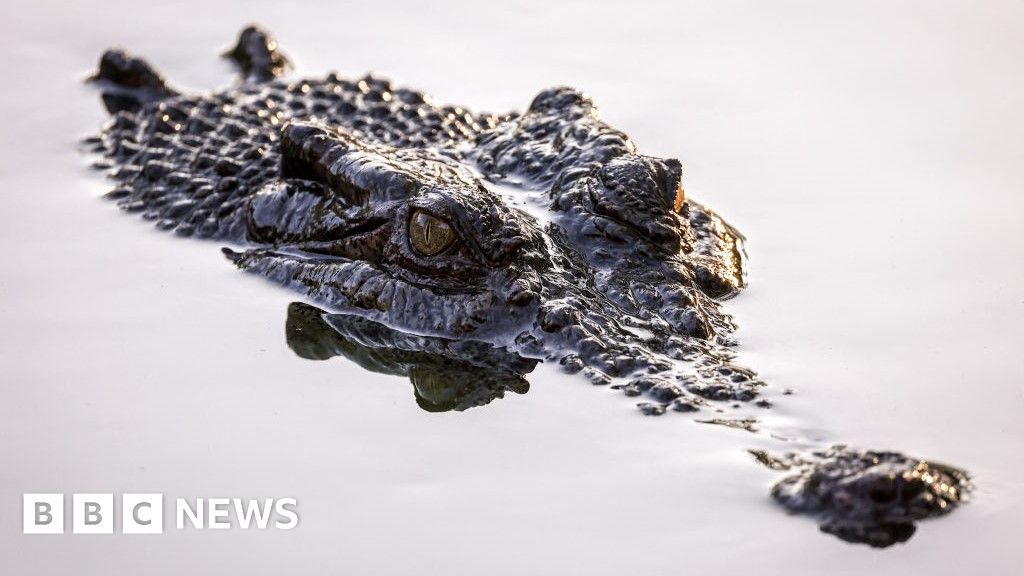A 450-million-year-old extinct marine organism is back not with a bang, but more of a gentle thud, after researchers recreated it in the form of a soft robotic replica. It’s hoped that it’s the first of many such robots that could be used to give us a better understanding of how extinct organisms moved, and how this evolved into what we see in the animal kingdom today.
The robot is a replica of a pleurocystid, a marine organism that belonged to the echinoderms, a class of animals that today includes starfish and sea urchins. Pleurocystids are believed to have been one of the first echinoderms capable of using a muscular stem to move and played a critical role in echinoderm evolution. However, there’s nothing quite like them that exists today, so it’s difficult to know exactly what their evolutionary role involved.
As a result, researchers turned to soft robotics to recreate the ancient organism and its movements. The international team used pleurocystid fossil evidence to guide the design of the robot, which they made from a combination of 3D-printed elements and polymers. This mimicked the flexible nature of the creature’s tail-like muscular stem.
They discovered that the muscular stem was likely critical to the organism’s movement, allowing it to move over the seafloor by pushing the animal forward – wide sweeping movements were likely to have been the most effective motion for this. The researchers also found that they could increase the animal’s speed by increasing the length of the stem, in a way that wouldn’t have cost the creature too much of its energy.
The pleurocystid robot is part of a burgeoning new field of research – paleobionics. The field aims to use robotics with flexible materials and soft materials to replicate extinct organisms, in the hopes of understanding more about the biomechanical factors that drove evolution. After demonstrating that this was possible with pleurocystics, the researchers are aiming to replicate even more extinct creatures.
“Bringing a new life to something that existed nearly 500 million years ago is exciting in and of itself, but what really excites us about this breakthrough is how much we will be able to learn from it,” said co-author Professor Phil LeDuc in a statement. “We aren’t just looking at fossils in the ground, we are trying to better understand life through working with amazing paleontologists.”
The study is published in the Proceedings of the National Academy of Sciences.

Dr. Thomas Hughes is a UK-based scientist and science communicator who makes complex topics accessible to readers. His articles explore breakthroughs in various scientific disciplines, from space exploration to cutting-edge research.








